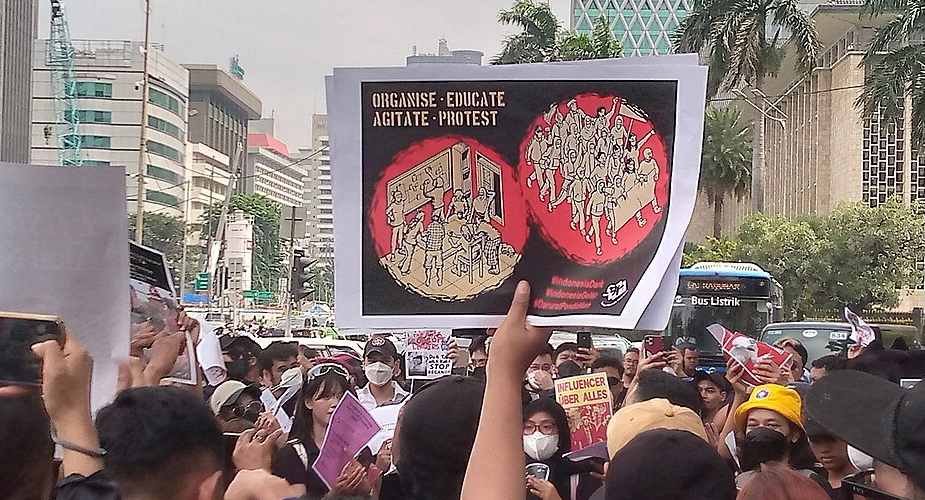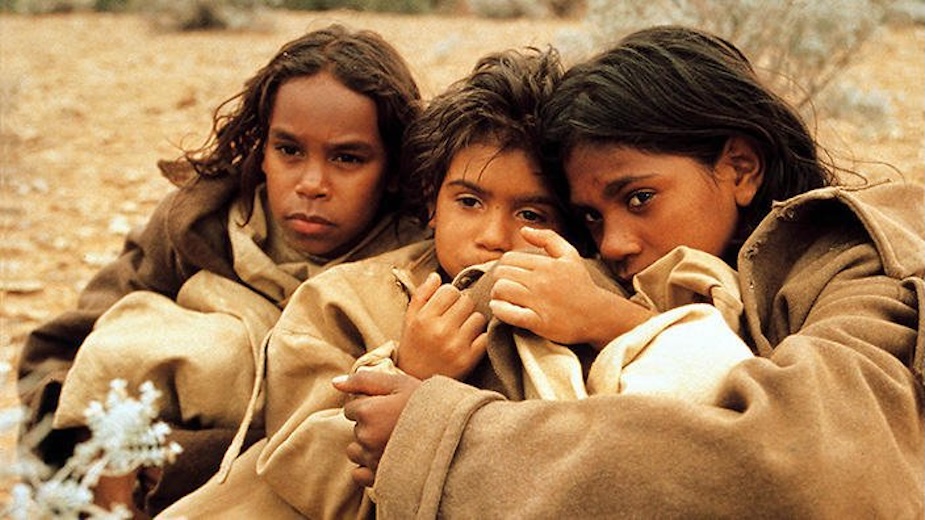Cosmopolitanism is a magnificent ideal for a world torn by divisions and it exists in Indonesia in some surprising places. But how deep does and can it go?
Gerry van Klinken
‘Outside Indonesia’ – that could be the title of this edition. Cosmopolitanism is the idea that human beings belong to a single community and share a common morality. Its attractiveness grows when chauvinistic nationalism or traditional religion is at its most damaging. But an ideal is one thing, reality another. As for ‘actually existing socialism’, we might ask: what does ‘actually existing cosmopolitanism’ look like? This edition of Inside Indonesia aims to find out.
Readers of Inside Indonesia might be forgiven for thinking there are no cosmopolitans in Indonesia. Not just because we often write about the most un-cosmopolitan Indonesians – such as Islamic Defenders Front (FPI) thugs attacking non-Sunni Muslims or human rights activists. But also because we have often portrayed ‘real’ Indonesians as being ‘inside’ Indonesia, living out their unique culture. Rarely have we highlighted Indonesians who travel and learn - transnational activists; wealthy Indonesian entrepreneurs living in Los Angeles; cruise ship crewmembers; or even villagers who watch foreign TV.
Besides celebrating surprisingly cosmopolitan Indonesians, this edition also asks some uncomfortable questions. Isn’t cosmopolitanism just another word for globalisation and westernisation? Aren’t cosmopolitans simply members of a globalised upper-class, out of touch with their less fortunate fellows tied to a workshop and a piece of dirt? What does ‘solidarity’ mean to the cosmopolitan? Is it even possible for an artist to be both Indonesian and cosmopolitan?
As this edition emerged from the usual chaos of great ideas squeezed between busy schedules, it became clear to me the answers were not straightforward. David Reeve is impressed with the self-confidence of Indonesian over-achievers in Germany, Japan or Australia. For them, the world is their opportunity. They want some respect in Indonesia but don’t want to give up their citizenship elsewhere. Alexandra Crosby’s interview with the footloose media activist Enrico Aditjondro similarly depicts someone who no longer knows what ‘being Indonesian’ feels like, ‘because there’s always something you miss elsewhere.’ Land rights activists can be just as much ‘brothers and sisters’ if they are in Cambodia as in Papua. He admires friends who practise religion in the plural.
So far so good. But then we learn that it is precisely this easy familiarity with different religions that disturbs the rural religious teachers about whom Julian Millie writes. They regard urban cosmopolitans with distaste. They don’t mind living with people whose convictions differ, but the idea that there can really be more than one religious truth is a horror. Cosmopolitan intellectuals and rural religious elites call each other names. Julian Millie wants to break through with some creative dialogue.
Michele Ford and Lenore Lyons suggest in their piece on the residents of Batam Island that such a dialogue might in fact be possible, even for working and lower middle-class Indonesians. Borders mean little when they find it easier to travel to Singapore than to other parts of Indonesia. Dockside sex workers and hustlers, traders, and housewives know pretty well how Singaporeans live, even if they don’t necessarily want to imitate them. On the other hand, travel does not always broaden the mind, as Pam Nilan and Luh Putu Artini show in their article on exploited Indonesian cruise ship workers. Young Indonesians dream of seeing the world when they sign up. But years of backbreaking, humiliating work later they often return to their village not one iota richer, whether in their bank accounts or in their minds.
Sue Ingham’s thoughtful essay on the Indonesian artists who exhibit at the world’s biggest contemporary art show sums up the central dilemma well. The art they showed at the Venice Biennale was presumed to represent Indonesia. But how could it communicate across international borders and still remain true to a realistic interpretation of home at the same time?
In asking such questions, this edition of Inside Indonesia ultimately confronts us, as readers, with ourselves. Who are we, and what does Indonesia mean to us?
Gerry van Klinken (klinken@kitlv.nl) is senior researcher at the Royal Netherlands Institute of Southeast Asian and Caribbean Studies (KITLV) in Leiden, and Southeast Asian history professor at the University of Amsterdam.












